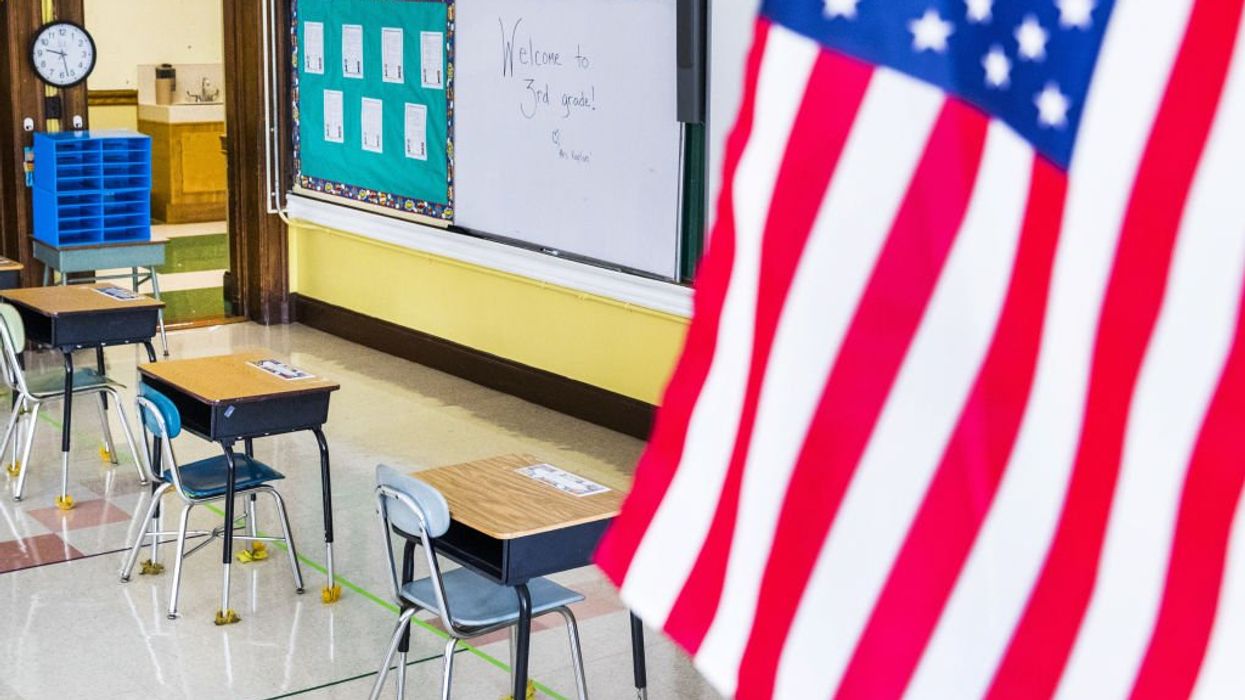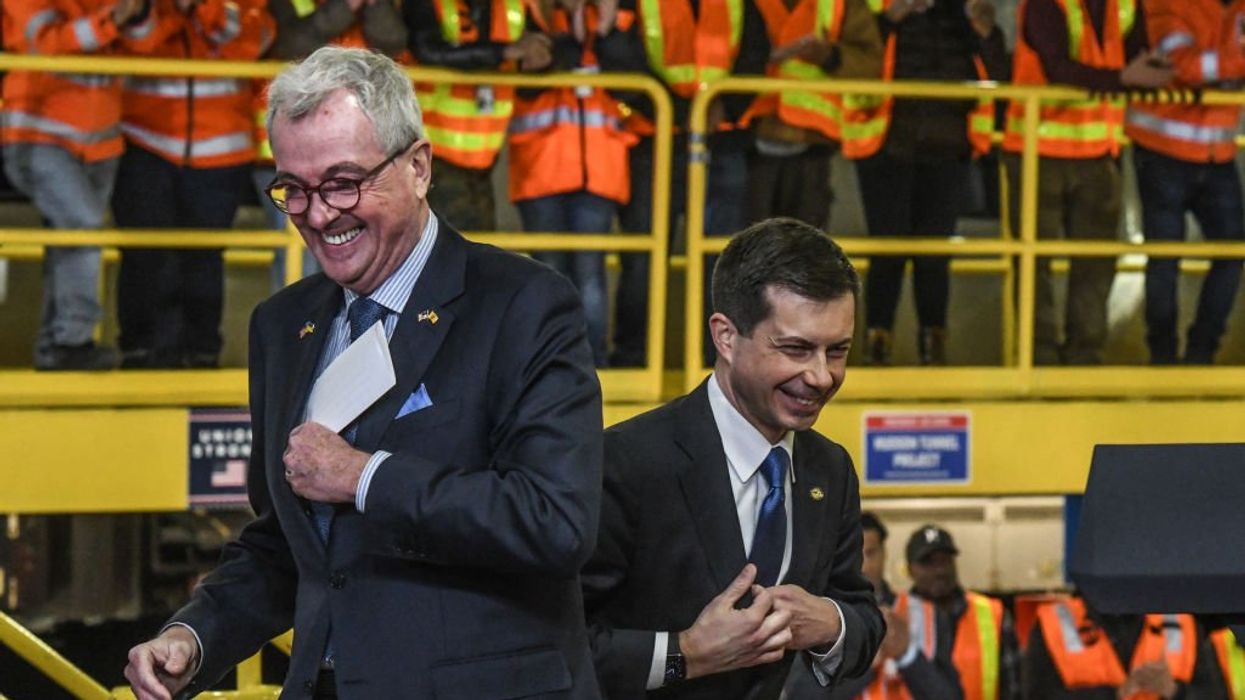
© 2024 Blaze Media LLC. All rights reserved.
Shock Report: Administration Was Preparing To Give Solyndra Another Loan Despite Known Financial Issues
October 05, 2011
"Possible to close and default on one before closing on a second??? Could be a new record."
The Obama administration’s Department of Energy was set to give Solyndra a second major taxpayer loan of $469 million, even as the company’s financial situation was growing direr, reports the Washington Post.
The Energy Department was actively pursuing a second loan guarantee for Solyndra in April and May 2010.
What else happened at that time in 2010?
In April of that year, a month before the president visited the solar power company, recently released emails reveal that some people within the White House knew that "bad days" were on the way, reports CBS.
And the Energy Department was pushing for a another million dollar loan guarantee?
The Washington Post reports the details:
White House career staffers, who had first raised concerns in the fall of 2009 about the Department of Energy providing Solyndra with its first taxpayer-backed loan of $535 million , wrote e-mails in gallows humor in April 2010 about the prospect of giving Solyndra more money. That spring, industry analysts were publicly questioning how the Silicon Valley startup could so quickly be running out both the federal loan and $933 million in private capital.
“Apparently the loan size for Phase II is $469 million,” one Office of Management and Budget analyst wrote of DOE seeking a second loan for Solyndra. “I’ve been told we should expect the see that project soon for conditional commitment.”
“Possible to close and default on one before closing on a second??? Could be a new record,” another analyst wrote.
It was not until October of 2010 that the idea of a second loan guarantee was abandoned, a Department of Energy spokesman recently confirmed to the Post. At the same time, Solyndra executives and investors were also warning the DOE that the company was facing the threat of having to "liquidate without emergency cash."
According to the same article:
Even in May 2010, Energy Secretary Steven Chu’s top advisers — his senior adviser on stimulus , Matt Rogers, and his chief of staff, Rod O’Connor — were telling the White House not to worry about the auditors’ warnings on Solyndra’s finances. They also referenced the need for more federal money for Solyndra.O’Connor told a top White House adviser to Vice President Biden that the warnings were exaggerated, when a venture capitalist and Obama donor had flagged the company’s finances as a reason the president shouldn’t visit Solyndra as scheduled on May 25. O’Connor also raised the issue of more government support for Solyndra.
“Bottom line is that we believe the company is okay in the medium term, but will need some help of one kind or another down the road,” O’Connor wrote on May 24.
Rogers, a former McKinsey consultant, assured the White House that these types of warnings were "typical" for startups. However, Rogers did point out that the shifts in the market were not in Solyndra's favor, but focused on the short term and expressed no disapproval for the president visiting the company.
“On September 11, 2009, we applied for a second loan guarantee from the DOE, in the amount of approximately $469 million, to partially fund Phase II,” Solyndra wrote in a report it filed with the SEC on December 18, 2009, according to an earlier Blaze report. “If we are unable to obtain the DOE guaranteed loan in whole or in part, we intend to fund any financing shortfall with some combination of the proceeds of this offering, cash flows from operations, debt financing and additional equity financing.”
A Department of Energy confirmed to the Post that the agency had been reviewing Solyndra’s second loan application through much of 2010.
“Solyndra inquired about applying for a second loan guarantee, but DOE and Solyndra mutually agreed not to pursue that application until after the project we were already supporting was complete,” LaVera said in a e-mailed response to the Post’s questions.
“In early fall of 2010, Solyndra informed the Department that it was having an acute liquidity problem and that it would need to raise additional capital to continue operations,” LaVera said. “Solyndra subsequently hired Goldman Sachs to assist with the equity raise. In early November, it became clear that that effort was not likely to be successful and DOE began to discuss funding alternatives with the company and its existing investors."
Now that it has been revealed that administration officials were aware of these financial issues, can the president still say that investment was a safe bet?
Want to leave a tip?
We answer to you. Help keep our content free of advertisers and big tech censorship by leaving a tip today.
Want to join the conversation?
Already a subscriber?
more stories
Sign up for the Blaze newsletter
By signing up, you agree to our Privacy Policy and Terms of Use, and agree to receive content that may sometimes include advertisements. You may opt out at any time.
© 2024 Blaze Media LLC. All rights reserved.
Get the stories that matter most delivered directly to your inbox.
By signing up, you agree to our Privacy Policy and Terms of Use, and agree to receive content that may sometimes include advertisements. You may opt out at any time.


